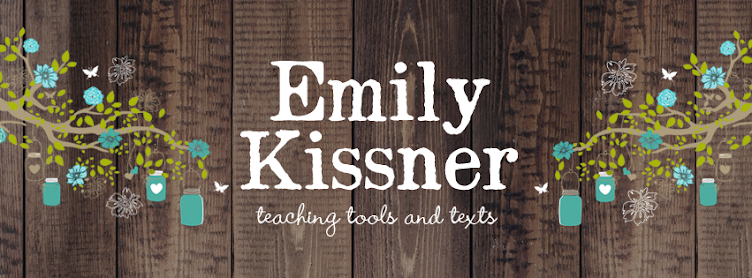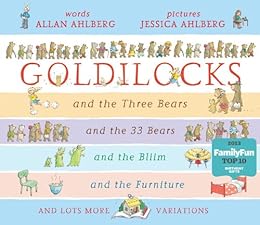I'm not a huge fan of the typical daily sentence edit or language practice exercise. Often, they are just too scattered for my tastes. I remember when I dutifully tried to use them in my first years of teaching. "Why are we doing this?" my seventh graders asked, way back in the late nineties. "To practice editing," I answered. But then we would move from the daily practice to our actual writing of the day--and the kids would plunge right into making the same kinds of mistakes that they had just corrected in the exercise at the start of class. Something wasn't connecting.
It wasn't connecting, I came to realize, because the kind of thinking that one does while putting marks on a daily sentence edit is not the same kind of thinking that one uses while writing. So what kinds of activities could I use at the start of class to help students become more aware of their writing? While doing research for other things, I collected journal articles about teaching writing. The research on sentence combining and sentence composing is fantastic! I knew that I wanted to:
1. Help students build fluency with the physical act of writing (see this easy-to-read interview with Steve Graham for more on this)
2. Help students to become aware of mechanics
3. Help students write a variety of sentences
4. Not have a terrible time while doing all of the above
#4 is really important to me. I love being in a content-rich, inquiring environment. And that is one of the reasons that I don't really like a lot of the existing daily edit activities--they are so disconnected and so contrived. So I set myself the tall task of making sentence imitating and combining activities that also teach handwriting, review parts of speech, and (most importantly) aren't awful.
Here is an overview of what I have so far:
Weeks 1-3: Tide Pools theme
Week #1: Copy sentences (really needed in the first week of school!)
Week #2-3: Unscrambling sentences
Week #4: Imitating sentences
Imitating sentences is a very important piece. Sentence imitation has a long history as a technique for teaching writing skills, but it hasn't seemed to gain much traction in elementary school. (This article provides a nice introduction to the idea of sentence imitation at higher levels. You can find a sentence imitation guide for elementary students here.)
Today we started out with a presentation about sentence imitation. I created this to be highly scaffolded. Can you tell that I'm also trying to teach prepositional phrases at the same time? To build context and interest, I have YouTube playlists to go along with our main topics: tide pools and frogs.
Imitating Sentences: A Tool for Better Sentence Writing from Emily Kissner
...and it worked! Beautifully! The kids wrote lots of different sentences with prepositional phrases. As I walked around, I encouraged kids to show me the subjects, verbs, and prepositions in their sentences.
Here is what the daily sheet looks like. Notice that it has special handwriting lines with a dashed midline. This has really been helpful for my early-year fourth graders who are still working on smaller handwriting.
The next question, of course, will be to see whether this carries over into writing. The Daily Sentence Lessons have an end-of-week paragraph in each set. This week's paragraph asks students to write about their day--a task that I know will prompt them to use prepositional phrases. I'm hoping for the best!
...and it worked! Beautifully! The kids wrote lots of different sentences with prepositional phrases. As I walked around, I encouraged kids to show me the subjects, verbs, and prepositions in their sentences.
Here is what the daily sheet looks like. Notice that it has special handwriting lines with a dashed midline. This has really been helpful for my early-year fourth graders who are still working on smaller handwriting.
The next question, of course, will be to see whether this carries over into writing. The Daily Sentence Lessons have an end-of-week paragraph in each set. This week's paragraph asks students to write about their day--a task that I know will prompt them to use prepositional phrases. I'm hoping for the best!






